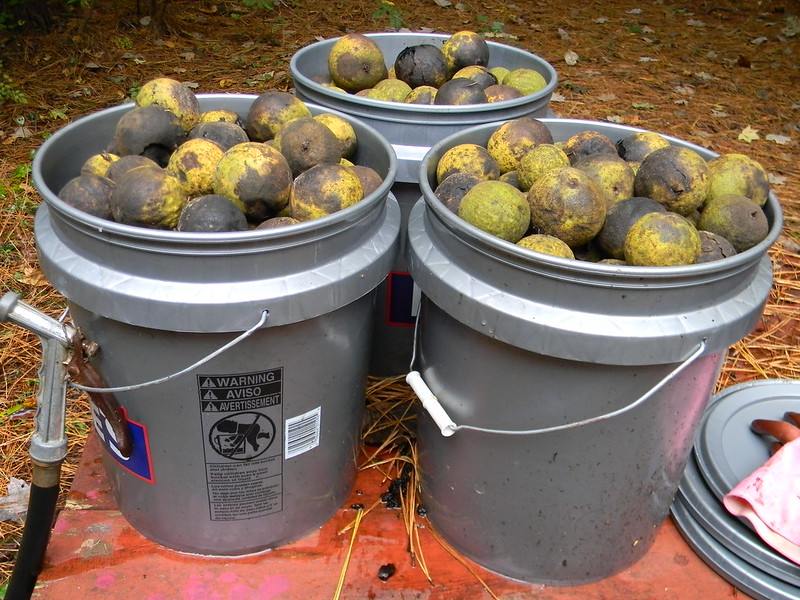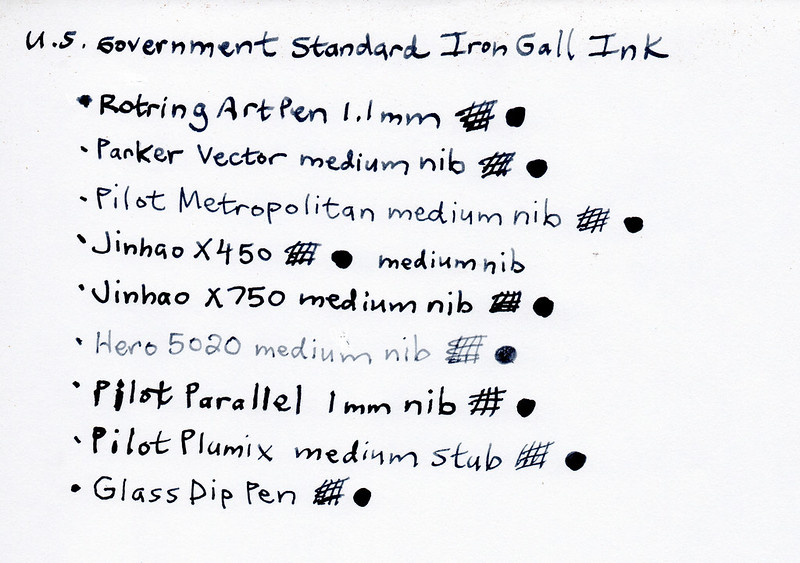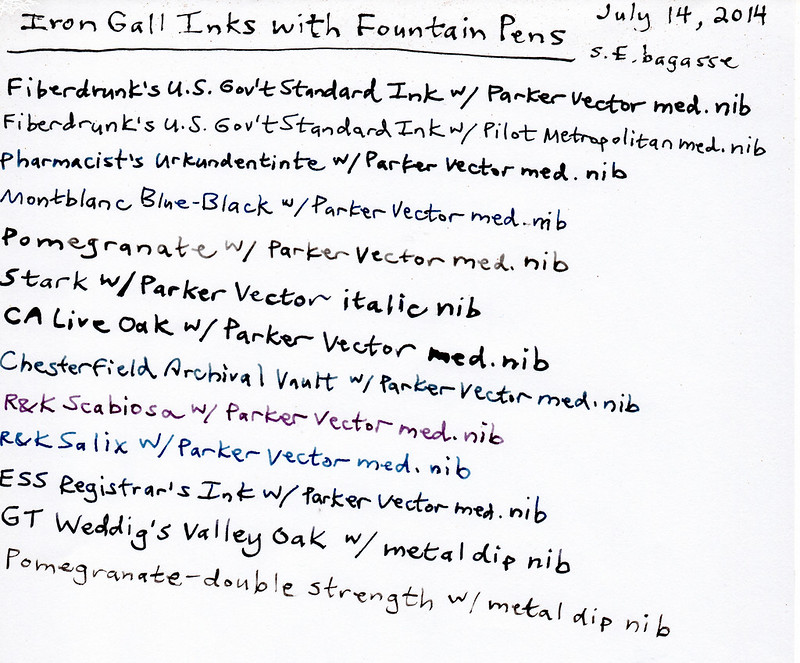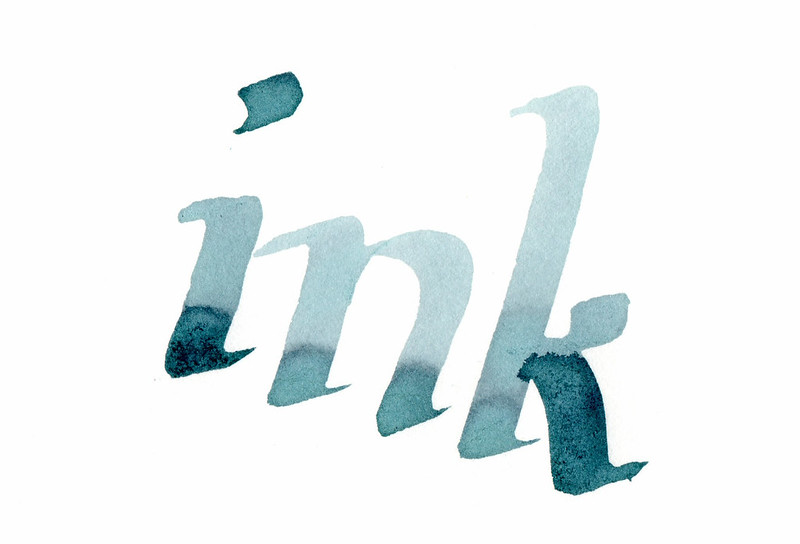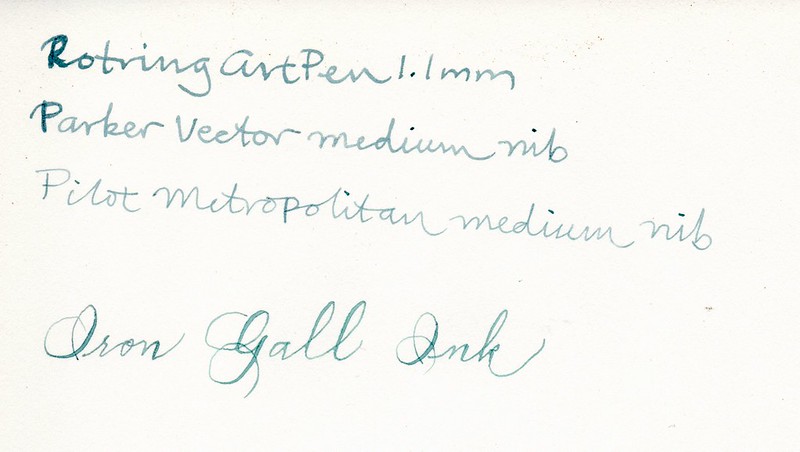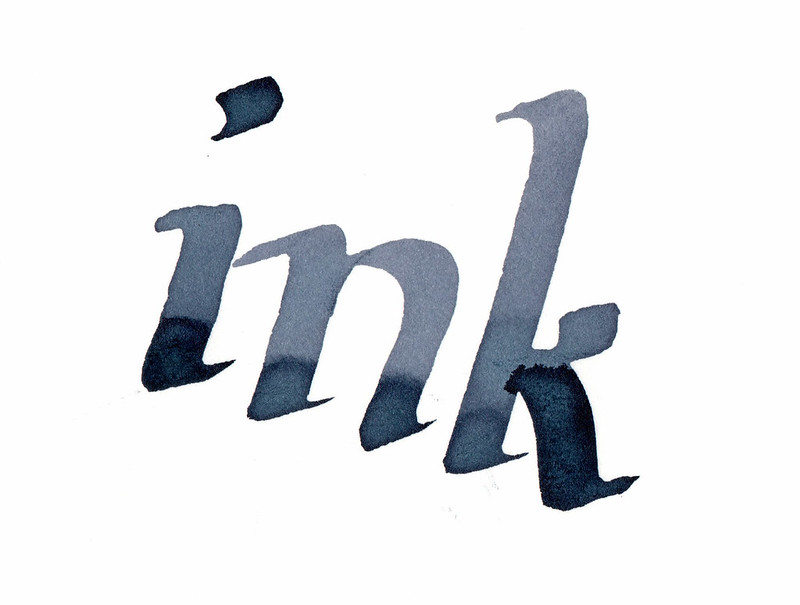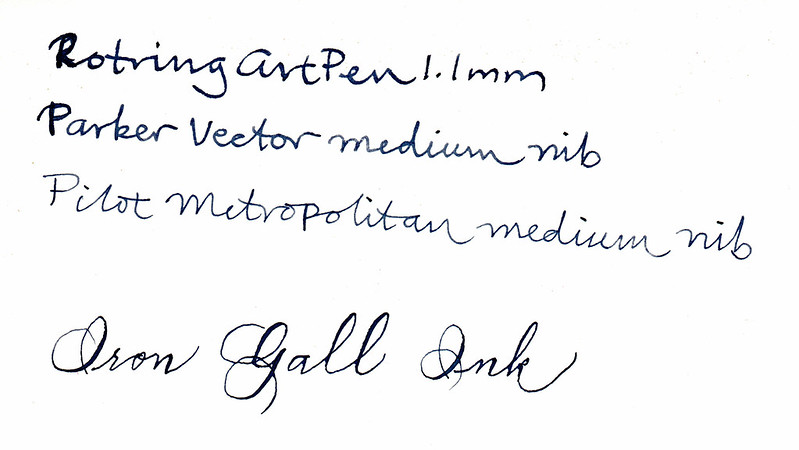
The other chemicals are harder to get. Carbolic acid, more commonly known as phenol, is easiest (although still not very easy) to buy, although it is possible to make from salicylic acid by decarboxylation. You might be able to get tannic and gallic acids from plant matter, or you could buy them. You'll have to buy the blue dye.


